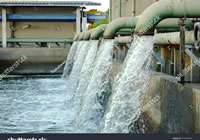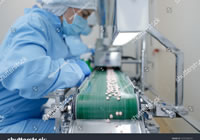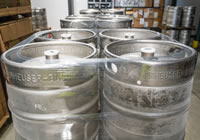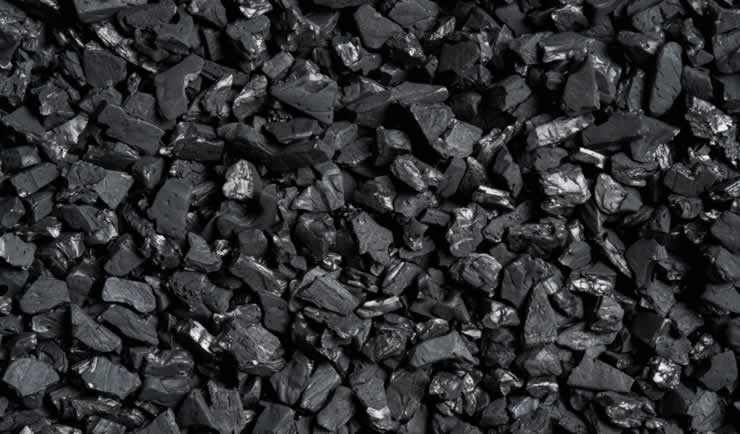Activated Carbon
Our Activated Carbon is derived from coconut shell which is suitable for various applications with the benefits of higher adsorption capacity and surface area, hardness, and most importantly, an Environmentally Preferable Product (EPP) since it is derived from a renewable source which have a lesser or reduced negative effect on the environment.
It is the silent hero in products and processes. Activated carbon is used in drinking water purification, gold recovery, food and beverage processing, odor removal, medical applications, water and air treatment.
Applications
Our Activated Carbon is derived from coconut shell which is suitable for various applications with the benefits of higher adsorption capacity and surface area, hardness, and most importantly, an Environmentally Preferable Product (EPP) since it is derived from a renewable source which have a lesser or reduced negative effect on the environment.
It is the silent hero in products and processes. Activated carbon is used in drinking water purification, gold recovery, food and beverage processing, odor removal, medical applications, water and air treatment.
Gold Recovery

Activated carbon is used to extract the gold cyanide complex. Coconut shell based activated carbons are excellently suited to this application because of their extreme hardness, excellent adsorption characteristics and good regenerability.
Air & Water Treatment

Carbon filters can effectively remove or reduce many contaminants from water including VOCs, chlorine, lead, fluoride, pesticides and much more.
Pharmaceutical & Medical

As an important tool for the purification of intermediates and end products, activated carbon has a very high adsorption capacity for a wide range of molecules, from odorous compounds to dark colored bodies to proteins, and is often used in the final polishing step to remove residual color and impurities.
Food & Beverage Processing

The removal of undesirable colors, tastes, and odors are of importance in the food industry. Food such as oil, sugar, coffee, and beverages rely on Activated carbon to eliminate contaminants.
Frequently Asked Questions
-
What is an Activated Carbon?
Activated Carbon, which is also known as activated charcoal, is a form of carbon processed with high temperature and steam that increase the surface area available for physical and chemical reactions.
An activation level sufficient for useful application may be attained solely from high surface area; however, further chemical treatment often enhances adsorption properties. Activated carbon is usually derived from any carbonaceous material. At BF Industries, Inc. We use coconut shell charcoal as it is know for superior hardness and microporosity.
-
What is the difference between charcoal, activated charcoal and activated carbon?
Charcoal, the raw material for Activated Carbon, charcoal is manufactured through a process called pyrolysis, which requires heating the organic material to about 500°C under reduced oxygen levels. Activated Carbon, activated charcoal, and activated coal are all synonymous terms and can thus be used interchangeably. In some cases, “activated” is replaced with “active” with no difference in meaning.
Using physical or chemical activation processes, Activated Carbon can be produced from carbonaceous materials such as coconut shells, coconut husks, peat, wood, coir, lignite, coal, petroleum pitch, and the like.
In physical activation, the source or carbonized material is converted into Activated Carbon through hot gases – that is, by exposing the material to steam and at temperatures of about 1000 °C.
-
What are the uses of activated carbon?
Activated Carbon is useful in a whole range of applications, such as gas purification, decaffeination, gold purification, oil decolorization, metal extraction, water purification, medicine, sewage treatment, vapor recovery, and different types of air filters such as those used in gas masks and respirators, compressed air, and cigarettes.
-
How is Activated Carbon produced?
Using physical or chemical activation processes, Activated Carbon can be produced from carbonaceous materials such as coconut shells, coconut husks, peat, wood, coir, lignite, coal, petroleum pitch, and the like.
In physical activation, the source or carbonized material is converted into Activated Carbon through hot gases – that is, by exposing the material to oxidizing atmospheres (oxygen or steam) at temperatures of about 1000 °C.
-
Why do we use coconut shells to produce Activated Carbon?
At BF Industries, we use qualified coconut shells to produce Activated Carbon through physical activation. There are two key reasons for this – one, coconut shells have many desirable qualities in line with Activated Carbon production; and two, these same characteristics make Activated Carbon from coconut shells highly versatile in terms of its uses.
Outstanding Qualities of Coconut Shell for Activated Carbon Production
- Well-Developed Void Construction
- Hardness
- High Activity
- Low Impurity Content
- Regular Grain Size
- Minimal Resistance
- Easy RegenerationCoconut Shell-Based Activated Carbon Applications
One of the most significant applications of coconut-based Activated Carbon is indoor and outdoor air purification. When impregnated with certain materials, Activated Carbon from coconut shells becomes notably effective in removing hazardous air contaminants, such as ammonia and formaldehyde.
Hydrometallurgy is another field where coconut-based Activated Carbon has proven to be immensely useful, particularly in the recovery of gold and other precious metals. In gold recovery, carbon granules are directly added to the cyanide pulp and moved in the opposite current before the gold-laden carbon is recovered through screening. The process can be boosted using larger amounts of more suitable Activated Carbons with bigger surface areas and diverse porous structures.
Other common applications of coconut-based Activated Carbon include:
- Water Purification
- Oil and Sugar Decolorization and Refinement
- Various Inorganic Uses
- Catalyst and Catalyst Support Functions

